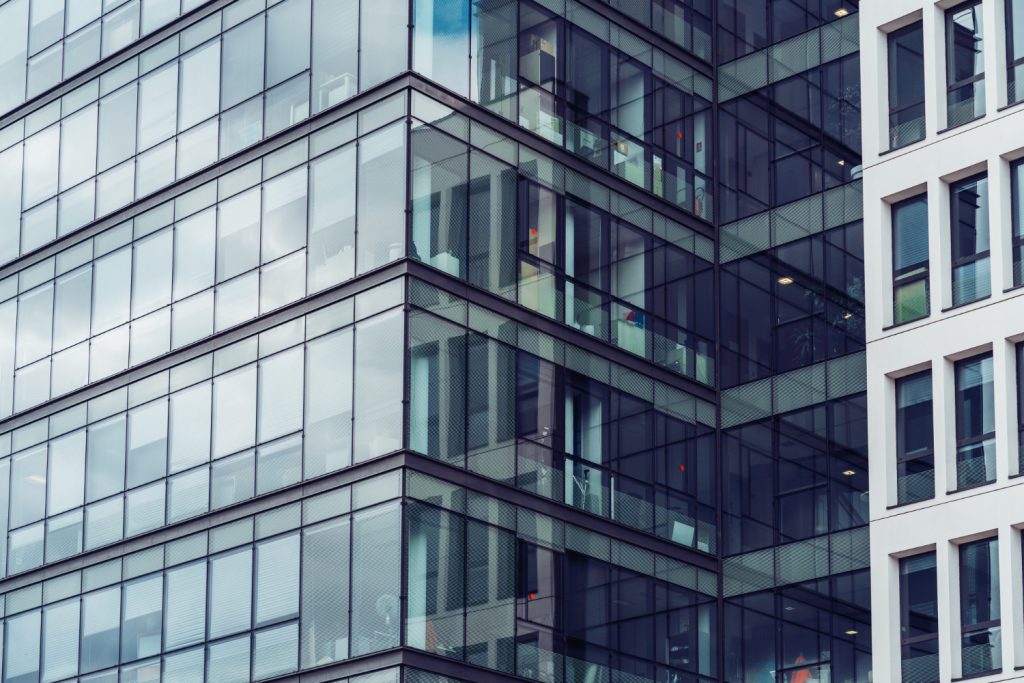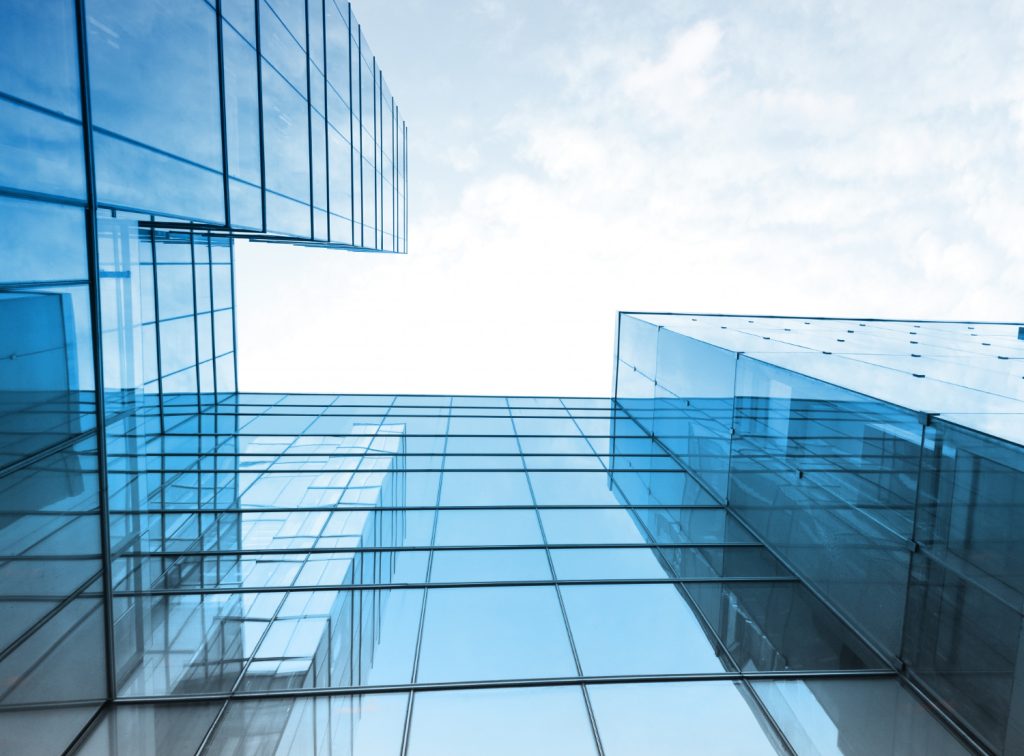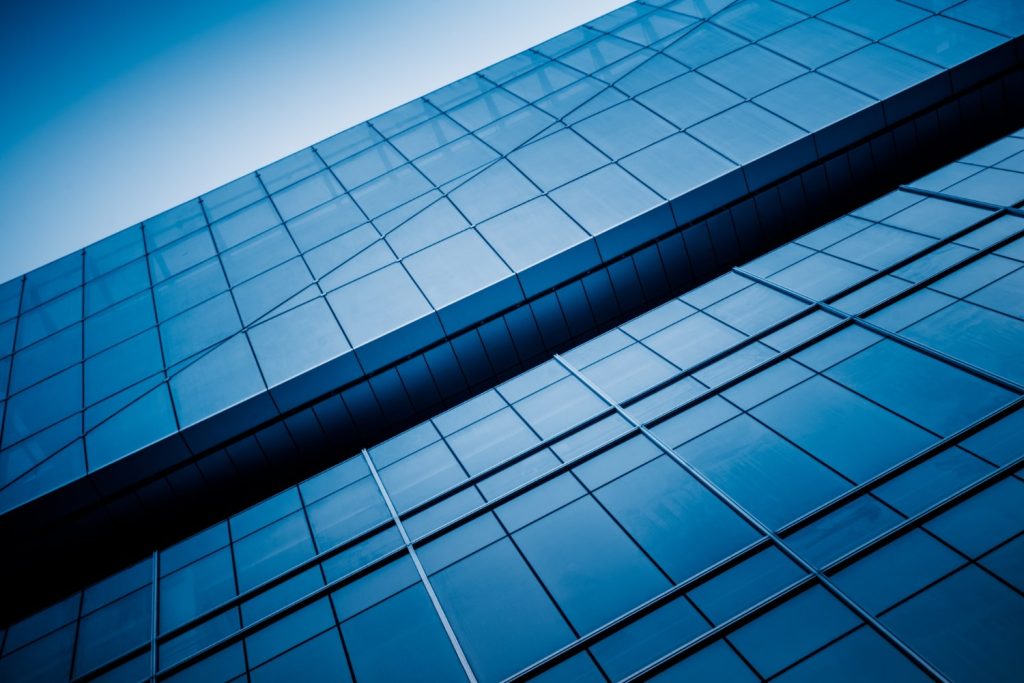In construction industry, glass is one of the oldest and most versatile materials. It is created by raising the temperature of quartz or sand to a point when molten glass turns transparent or translucent. After that, the molten glass can be shaped into a variety of shapes, such as sheets, blocks, and fibres.
Glass has been captivating since it first appeared around 500 BC. Initially mysterious for its perceived magical qualities, it has become one of the oldest and most versatile materials in construction. Starting as a basic window pane in luxurious houses in Pompeii, glass has evolved over time to become a crucial part of modern architecture.
Engineering Properties of Glass

A number of properties proved glass as a good construction material in the sight of architects and engineers. We discuss few of them as following.
Transparency of Glass
Transparency is the defining feature of glass, enabling a clear view of the outside world. Glass can exhibit transparency from one or both sides, presenting a mirror-like effect when viewed from the opposite side.
Strength of Glass
Glass strength relies on the modulus of rupture value. Although inherently brittle, the addition of admixtures and laminates enhances its strength.
Workability of Glass
Glass, malleable during the melting process, can be molded into various shapes, offering a superior level of workability.
Transmittance
Visible transmittance denotes the fraction of light passing through glass, a significant property in architectural applications.
U Value of Glass
Glass has a heat transfer capability measured by its U value. The U values of insulated units are lower, which indicates better insulation.
Recycling Property of Glass
Glass stands as a fully recyclable material, with the potential for reuse in the construction industry.
Advantages of Using Glass in Construction

Glass, with its unique properties, has become an increasingly popular choice in the construction industry, offering a range of advantages that contribute to both aesthetic and functional aspects of buildings. Following are some potential advantages of using glass in construction:
Natural Light and Openness
Glass allows abundant natural light to penetrate indoor spaces, creating a bright and open environment. This not only enhances the overall ambiance but also reduces the need for artificial lighting, contributing to energy efficiency.
Visual Appeal and Aesthetics
Glass can add a modern and stylish appearance to buildings. The transparent and versatile nature of glass lends a modern and sophisticated look to structures. For creating visually striking facades and interiors, glass is a favorite material among architects.
Energy Efficiency
Advanced glass technologies, such as low-emissivity (low-E) coatings and insulated glazing units, help regulate indoor temperatures. This leads to improved energy efficiency by reducing the reliance on heating and cooling systems, ultimately lowering energy consumption.
Connection with Surroundings
Glass creates a transition between interior and outdoor environments. It offers expansive vistas of the surroundings, encouraging a feeling of unity with the natural environment. nature and the outside world. The use of glass allows for natural light to enter the building, reducing the need for internal artificial lighting. This further reduces energy consumption and operational costs.
Versatility in Design
There are many ways to shape and size glass, which allows for a diverse range of architectural designs. It is available in different types, including tinted, reflective, and textured glass, providing architects and designers with a wide array of options to achieve specific aesthetic goals.
Durability and Low Maintenance
High-quality glass is durable and resistant to environmental factors. Comparatively, it requires little maintenance. Regular cleaning is often sufficient to keep glass surfaces looking pristine.
Sound Insulation
Laminated and dual-pane glass assemblies play a pivotal role in minimizing sound infiltration, fostering an environment of tranquility and enhanced comfort indoors. This proves especially beneficial in metropolitan settings characterized by elevated noise levels.
Recyclability
Glass is 100% recyclable without losing its quality or properties. This eco-friendly characteristic aligns with sustainable construction practices, reducing the environmental impact of building materials.
Fire Resistance
Certain types of glass, such as tempered or fire-rated glass, provide fire-resistant properties. This enhances the safety of buildings, especially in areas where fire protection is a critical consideration.
Innovative Applications
Glass continues to evolve with technological advancements, leading to innovative applications such as smart glass, electrochromic glass, and solar power glass. These technologies contribute to energy efficiency, occupant comfort, and cutting-edge building design.
Disadvantages of Glass as a Constrution Material
There are also some disadvantages to using glass in construction, including:
Cost
Building materials such as wood or concrete can be more expensive than glass.
Weight
Glass is a heavy material, which can make it difficult to transport and install.
Fragility
Glass is a fragile material that can break if it is not properly installed or maintained.
Heat Gain
Glass can trap heat inside a building, which can increase the cooling load in the summer.
Privacy
Glass can be transparent, which can be a disadvantage for buildings that require privacy.
Glare
Glass can reflect sunlight, which can create glare and discomfort for occupants.
Read More:- Wooden Construction Material and its Trend in Construction Industry
Types of Glass as a Construction Material

Float glass
Float glass is the most commonly used type of glass in construction. Molten glass is floated on molten tin, resulting in a flat, consistent surface. Float glass is typically used for windows, doors, and mirrors.
Tempered glass
Tempered glass is a type of glass that has been heat-treated to make it stronger and more resistant to impact. Furthermore, it is more resistant to thermal shock, which occurs when the temperature suddenly changes. Tempered glass is typically used for shower doors, skylights, and other applications where strength and safety are important.
Laminated glass
A laminated glass is composed of multiple layers of glass bonded together with a thin plastic layer. This plastic interlayer prevents the glass from shattering into dangerous shards when it breaks. Laminated glass is typically used for windshields, safety glass, and other applications where safety is critical.
Insulated glass
An insulated glass consists of two or more panes of glass separated by a spacer containing air or gas. As a result, you can reduce winter heat loss and summer heat gain by creating a thermal barrier. In energy-efficient buildings, insulated glass is typically used for windows and doors.
Low-emissivity (low-e) glass
Low-e glass is coated with a special film that reflects infrared radiation, which is the type of heat that is emitted by the sun and by people and objects inside a building. A building’s energy efficiency can be improved by using low-e glass, which reduces heat loss during the winter and gain during the summer.
Tinted glass
The molten glass is tinted by adding metal oxides during manufacture. This gives the glass a color tint that reduces glare and protects the interior of a building from harmful UV rays. Tinted glass is typically used for windows and doors in commercial and residential buildings.
Wired glass
Wired glass is made with a metal wire mesh embedded in the glass. This makes the glass more resistant to fire and impact. Wired glass is typically used for doors and windows in stairwells, elevators, and other fire-rated areas.
Glass blocks
Glass blocks are made of individual glass units that are bonded together to form a larger panel. Glass blocks are typically used for partitions, walls, and other architectural features.
Structural glass
The structural glass type is specifically designed to withstand heavy loads. It is typically used for columns, beams, and other structural elements in buildings.
Conclusion
Despite its disadvantages, glass remains a popular choice for construction due to its many advantages, such as its aesthetic appeal, its ability to allow natural light into buildings, and its durability.Overall, glass is a valuable material for construction and trend of glass buildings are increasing rapidly worldwide.

